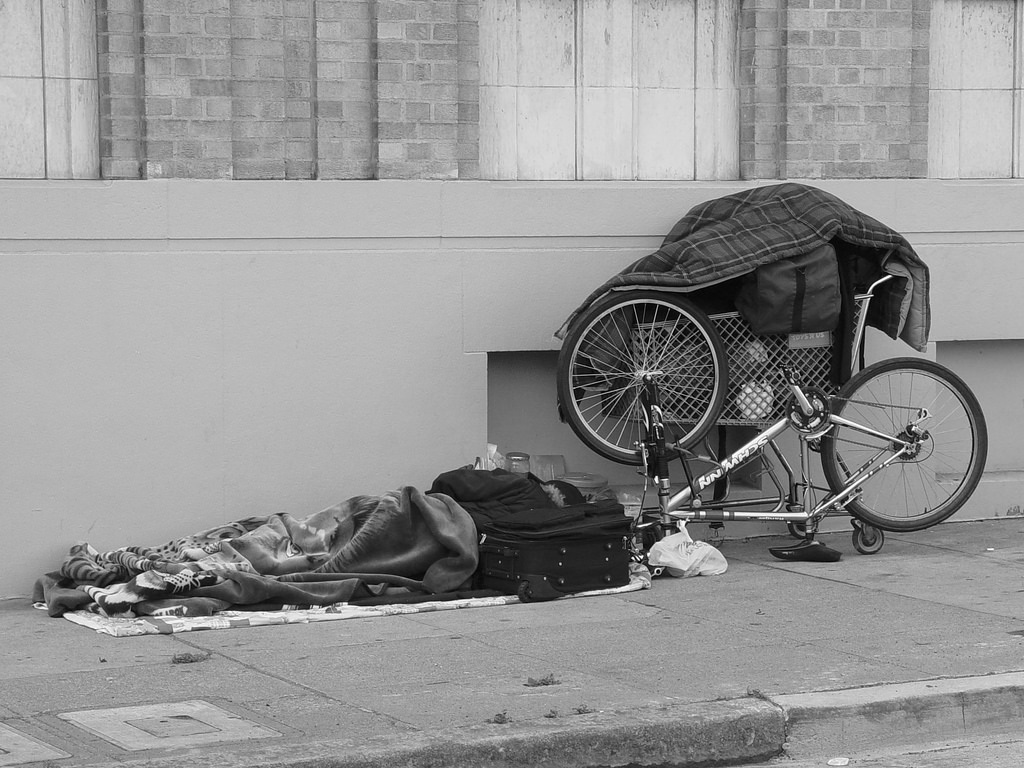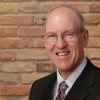| Last month, the U.S. Department of Housing and Urban Development released a report that argues against everything local leaders and pedestrians eyeballing the homeless situation have been saying for a while now. Things are getting better nationwide, it said. That’s right, homelessness is declining, and not by a little. Between 2010 and 2016, it fell by 27 percent nationwide. You wouldn’t know this by reading media reports from several major cities. You certainly wouldn’t know it by taking a stroll near |
| | Rio Grande Street in Salt Lake City. Yet in Utah, the report said, homelessness was down 14.5 percent between 2010 and 2016, and it dropped by 7.2 percent over the last year alone. It places the state’s total homeless population at 2,807, based on a one-night nationwide count taken in late January. None of this has a direct bearing on the city’s announcement this week that it eventually plans to replace the overcrowded Road Home Shelter on Rio Grande with four new shelters in separate locations. City and county leaders are not simply trying to handle the area’s homeless population. They are trying to solve homelessness through new methods to provide them with safety and with the services they need to reclaim their lives. And yet the federal numbers have everything to do with it. First, they show that many, and likely most, of the problems that beset the Rio Grande neighborhood are not related to the homeless as much as to the criminals who prey on them. That won’t come as a surprise to any of the business owners I spoke to during the year — the ones who have had to struggle to keep customers amid drug deals and sex acts in broad daylight on sidewalks and in streets, and the regular routine of cleaning used needles and human waste from around doorways and window wells. When I last wrote about this, I said the city and county needed to understand why the area’s problems were growing before they could solve them. Now it appears a large share of that problem has to do with the way a concentration of vulnerable people attracts vultures. Opening four separate shelters, each supposedly geared toward a certain subgroup of the homeless — women with children, single men, etc. — makes sense. The key will be to ensure the criminals don’t begin hanging around the doors of these places, as well, looking for business. Before he died last month, former Utah industrial commissioner and civil rights activist John Florez handed me his solution for homelessness in Utah — something that occupied much of his thinking during his final days. He envisioned setting up “therapeutic villages,” or “small living communities that provide beds, work opportunities, job skills, education and retraining.” His idea was to infuse people with self-esteem, as well as with skills. The city’s four new shelters might do this, but Florez cautioned against building shelters in urban areas with their “stimulation” and “predators.” He also felt the state, not the city and county, should be in charge. Homelessness is a statewide issue, he said, and Utah’s leaders can’t afford to ignore the least among us. No doubt many people have their own ideas as to what should be done, but Florez had realistic notions about the nature of homelessness. Two elements closely associated with it — mental illness and addictions — make the security of any new facility a challenge. Will the four new shelters be safe from predators? Time will tell. The new plan certainly is bold and somewhat risky, given the resources involved and the assurances by Mayor Jackie Biskupski that the two-year process was done to “make sure we do it right.” Local officials use phrases such as “holistic approach” and “generational decision” to describe how the new system will absorb, sort and help the needy in ways not seen before. Still, it’s worth wondering how four shelters, with a combined capacity of 600, will handle the 2,807 people federal officials counted last January. Getting it right is not an exact science. Neither is the surety that the state’s homeless population will continue to dwindle on its own. Still, we can be sure almost anything is better than the current situation. |


 RSS Feed
RSS Feed

